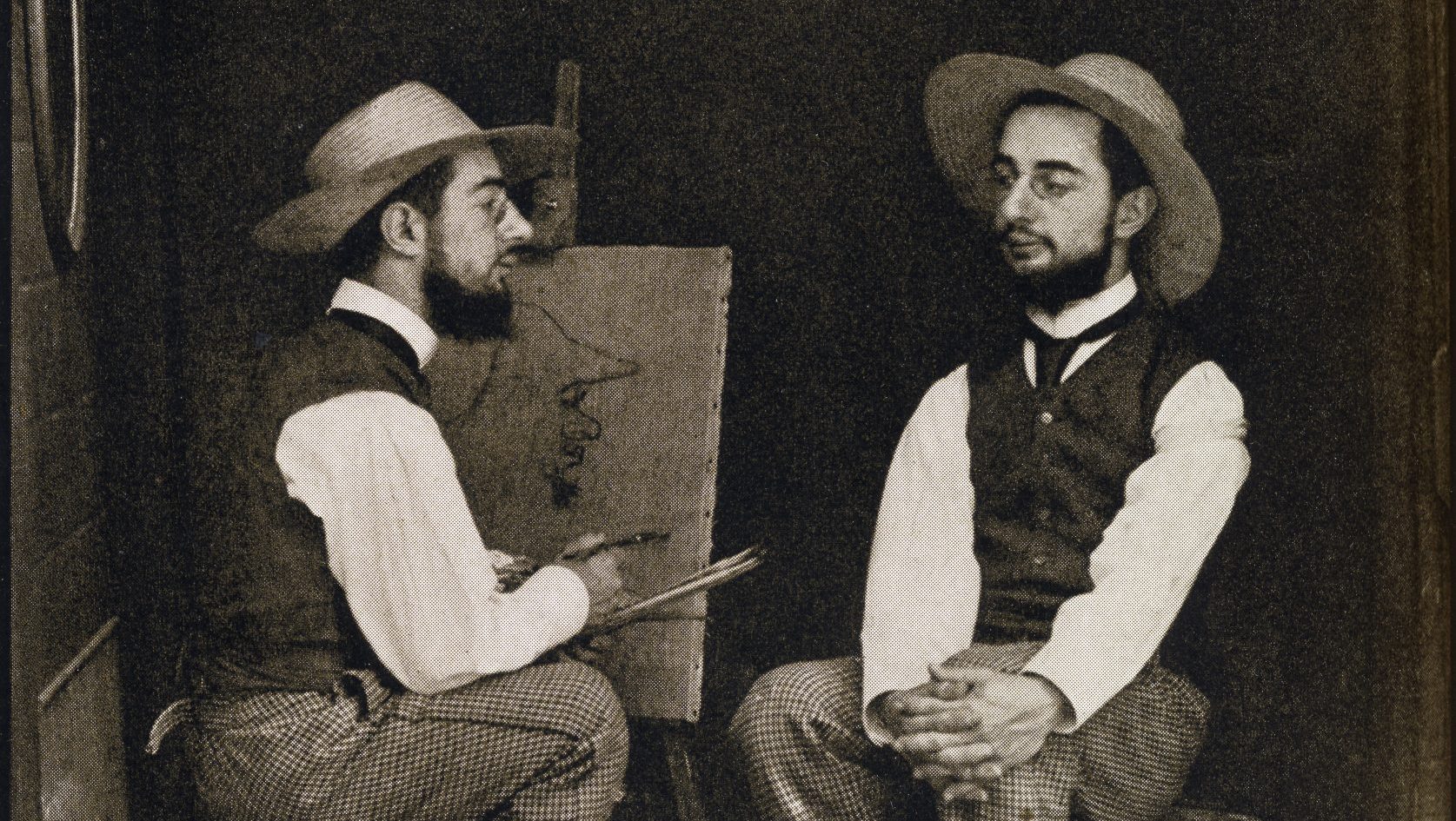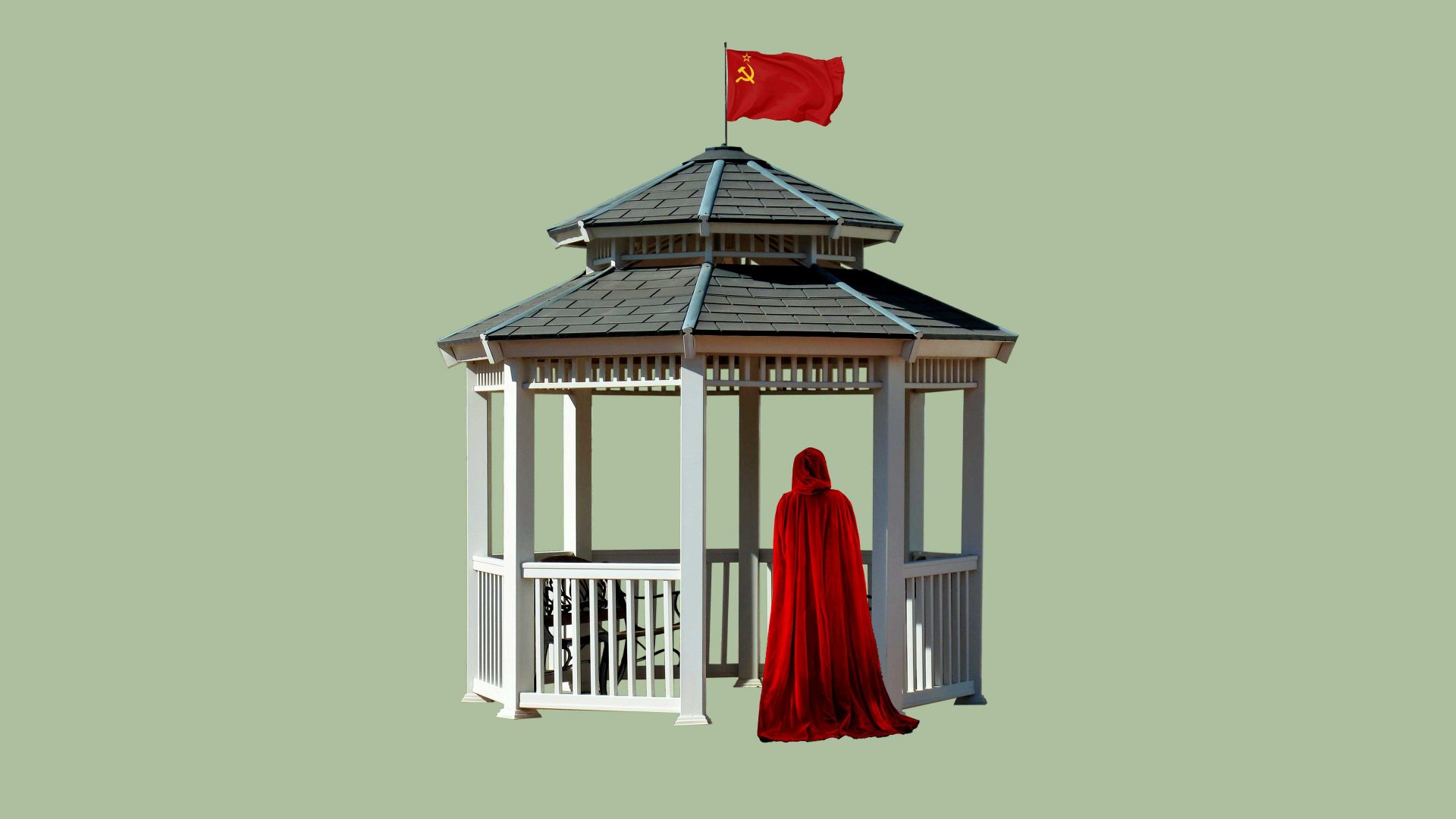There cannot be many artists dead for more than a century who remain as instantly recognisable as Henri de Toulouse-Lautrec. The little, bearded, shuffling man with his walking cane, pince-nez and bowler hat could never be mistaken for anyone else and has always been a gift to caricature – Peter Sellers sent him up twice on screen, in Casino Royale and Return of the Pink Panther – making the artist as identifiable as his work.
Associated with the seedier underbelly of bohemian Paris almost from the moment he arrived in the city as a fresh-faced 17-year-old, Toulouse-Lautrec became its most valuable and committed chronicler. He found breathtaking beauty in the clubs and cabarets populated by dancers and their admirers, sex workers and their clients. He revelled in the city’s heady mixture of gaudy excess and sleazy degradation that attracted every stratum of Parisian society to Montmartre, the wealthy, poor and everyone in between; the tourists, impresarios, poets, writers, artists, intellectuals, chancers, charlatans, boozers and losers who nightly filled the bars and brothels.
His paintings and drawings of the place are evocative and sensual while often brutally, if subtly, honest. The sleaze was always there, that underbelly of drugs, booze and syphilis that gave Montmartre its edge, preserved even in the advertisements he produced to promote the delights of the area to a wider, respectable audience. Would the Moulin Rouge occupy its unique place in Parisian popular culture without the posters Toulouse-Lautrec produced in its earliest days, with their leggy can-can dancers and thinly veiled promises of erotic and alcoholic fulfilment?
One of Toulouse-Lautrec’s key contributions to the history of popular culture was this ability to blur the lines between art and advertising. He was the perfect artist to do it, too, living at the heart of the Belle Epoque as an outrageously gifted consumer, participant, connoisseur and observer.
This unique viewpoint chimed perfectly with his place in the world because Toulouse-Lautrec was always an outsider, even when he appeared to be firmly on the inside. The Montmartre of the late 19th century was perhaps the only place he could ever come close to belonging, finding his tribe among the waifs, strays and blow-ins who migrated there, masking their vulnerabilities with exuberance, hedonism and, in some cases at least, outrageous talent.
For a man most at home among the downtrodden it can be a surprise to learn that Toulouse-Lautrec was born into the French nobility. The Toulouse-Lautrec-Montfas were an ancient family descended from the Counts of Toulouse, the artist being christened with the anglicised spelling “Henry” in honour of one of his ancestors – Henry III of England. Had he succeeded in outliving his father, Henri would have gained the title Comte de Toulouse-Lautrec.
Like most noble families, however, the legacy of generations of inbreeding – his parents were first cousins, as were their parents – led to Toulouse-Lautrec being born with pycnodysostosis, a genetic disorder that gave him brittle bones. Two childhood accidents saw him break first his left leg, then his right, the disorder ensuring not only that they never healed properly but that their growth stopped altogether.
Toulouse-Lautrec would never grow taller than five feet despite the often brutal treatments attempted at grim spas around France throughout his childhood, including being suspended in a harness while lead weights were attached to his feet while being given heavy doses of morphine. His relative immobility and the shame of his parents combined to ensure that the young Toulouse-Lautrec had a lonely childhood, during which he alleviated the tedium by drawing and painting.
Having shown early promise, he was given tuition by the animal portraitist René Princeteau, a friend of his father who recognised talent in the young Henri and recommended that he study in Paris under the leading portrait artist Léon Bonnat. His new tutor’s studio was situated in the heart of bohemian Montmartre and the course of Toulouse-Lautrec’s life was mapped out.
Despite his aristocratic connections, Toulouse-Lautrec’s physical appearance saw him shunned by his social peers, but he found warmth and acceptance among the dancers and sex workers of Montmartre. “I have found girls of my own size! Nowhere else do I feel so much at home,” he gasped about the women who became the subjects of more than 100 of his drawings and 50 paintings, forging deep and genuine friendships with such Montmartre stalwarts as the dancer La Goulue and singer Yvette Guilbert.
He was particularly close to dancer Jane Avril, the daughter of a high-class sex worker who suffered childhood abuse so severe she was placed in an asylum. Possibly due to the rheumatic disorder then known as St Vitus’ Dance, she threw herself into a wild, convulsive style of dancing that became her career, elevating her to the stage of the Moulin Rouge where she developed a friendship with another disadvantaged outsider, Toulouse-Lautrec.
Montmartre was a magnet to hordes of women from the provinces with dreams of stage stardom. Few of those dreams were ever realised, most of them shattering on the unforgiving cobbles of Montmartre, where hope and idealism was too often eroded by addiction and sex work. Toulouse-Lautrec listened to their stories as he painted the women, placing them in scenes that frequently combined glamour with the realities of alcohol abuse and ruined ambition.
Some of those realities drew close to home. Toulouse-Lautrec’s drinking became more problematic with the passing years, especially once he’d discovered absinthe. He is credited with devising the “earthquake cocktail”, a mixture of absinthe and cognac consumed from a large wine goblet as part of an alcoholic appetite so voracious he commissioned a hollow walking cane with a screw top, effectively a large and practical hip flask. “Of course, one shouldn’t drink much,” he quipped. “Just often.”
Toulouse-Lautrec was also an enthusiastic client of the district’s sex workers, even living in a brothel for a while, a lifestyle which, combined with his genetic disadvantages and an intense work ethic that produced more than 700 paintings and 350 posters, was never going to smooth a path to old age.
Toulouse-Lautrec was 36 when he died from a combination of alcoholism and syphilis. An aristocrat who recognised in the outliers of society a shared vulnerable otherness, he would have been out of place in the darker days that lay ahead. In death he was able to preserve the unique tawdry innocence he poured on to the canvas, making timeless the pulsating energy of a time and place in which a unique form of beauty and humanity could flourish against the odds.




